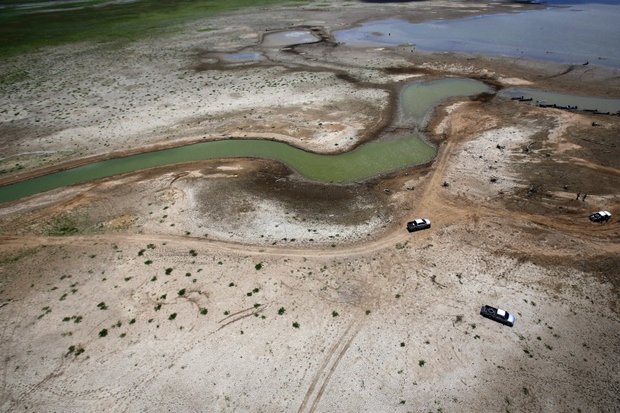
The 20-year master plan for the country's water management system is expected to win approval by the national committee on water resources on Dec 19 after which it will be implemented, Deputy Prime Minister Chatchai Sarikulya said Thursday.
The master plan was approved by the government's sub-committee on strategies for water resources management, said Gen Chatchai.
Drafted by the Office of National Water Resources (ONWR) and several other agencies, the master plan is in line with the government's three core plans, namely the 20-year national strategy plan, the plan on the country's reform of water resources and the sustainable development plan.
Somkiat Prachamwong, secretary-general of the ONWR, said the 20-year water management master plan was initially drafted as a 12-year plan for implementation from 2015 until 2026.
The plan, however, was later rewritten and made longer in order to bring it in line with the the government's 20-year national strategy, he said.
The 20-year version of the water management plan is scheduled to be implemented from this year until 2037, he said.
The 20-year water management plan consists of six core areas of water resource development, he said.
The first area of the plan deals with management of water for consumption and general use.
Under this part of the plan, the government is aiming to enhance the efficiency of running water systems in 20,034 villages, further develop the quality of running water in 9,816 city areas and economic zones -- which covers 4.5 million households -- and ensure that running water supplied to about 75,032 villages countrywide is safe to drink.
The second part deals with improvement of water security in the farming sector with measures to improve the efficiency of the existing water supply system, which has a combined capacity of 717 million cubic metres. The goal is to develop a new system diverting water and linking up all water resources to increase water volume to 2.5 billion cu/m.
The third part concerns flood management, which includes work to unblock 562 water-courses and 1,234 natural waterways with a combined length of 5,500km.
Other parts of the same section of the plan include work to prevent floods in 764 flood-prone communities in city areas.
The fourth part of the plan deals with water quality management and water resource preservation, which includes work to prevent and mitigate water pollution in watershed areas.
The fifth part of the plan deals with prevention and mitigation of soil erosion in watershed areas covering about 450,000 rai.
The sixth part deals with the the general management of water such as amending related laws and establishing a new organisation to deal directly with water management. It also focuses on developing a water information database and supporting water development research and development.